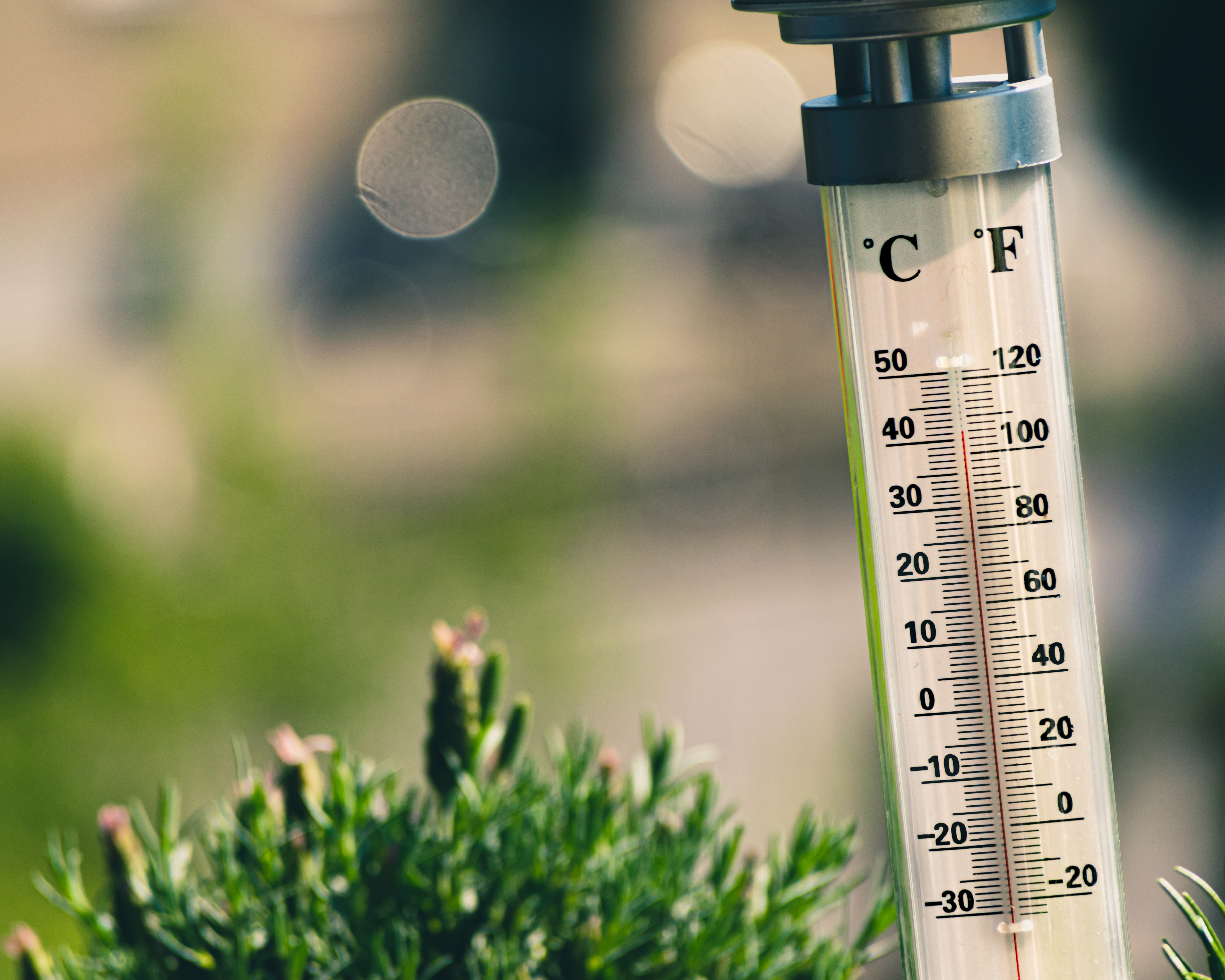10.11.2023
Temperature scenario constrains the growth of Murmansk, Arkhangelsk and Kostroma forests

The question of how natural-climatic factors limit vegetation productivity has long been of interest to ecologists. For this reason, the Y.A. Izrael Institute of Global Climate and Ecology conducted a study using the Miami empirical model.
Three regions of the Russian Federation were taken as a basis for the study: Murmansk, Arkhangelsk and Kostroma Regions. These regions represent three subzones of the boreal taiga: northern, middle and southern. The average annual temperature and annual precipitation in Russia were chosen as competing factors.
The southern taiga Ladoga-Vychegodsky biome is more dominant on the territory of the Kostroma Region. In the south of the Arkhangelsk Region the middle taiga Ladoga-Vychegodsky biome prevails, and the Murmansk Region is predominantly covered by the hypoarctic-taiga Kola-Karelian biome.
The average annual temperature in Russia is rising approximately 2.5 times faster than the global average, and 3.5 times faster in the Arctic. Since most forests are located in northern latitudes, forest biomes are under increased influence of climate change. Potentially, this is where changes associated with temperature and annual precipitation limitation can be expected.
The model-based “limiting principle” has long been used in ecological calculations, and the ecophysiological model of photosynthesis (Farquhar et al., 1980), which has set the stage for many global and local models, is considered the standard.
Comparison of the values obtained from the Miami model with already available published values of NPP (an indicator of annual plant productivity in the biosphere) showed the reasonableness of the estimates made.
The researchers used the “moderate” RCP4.5 scenario of greenhouse gas and aerosol impacts on climate. The conclusions obtained for the current climate (for 2020) for the coastal parts of the Murmansk Region are similar to the values of the forest parts of the Arkhangelsk Region, with the result that the average NPP value of the Murmansk Region falls within the NPP gradation of the Arkhangelsk Region. Such increased productivity is not typical of Arctic ecosystems, in this case shrubby tundra.
In reality, productivity takes minimum values in this zone – this is directly related to the peculiarities of the natural conditions of the selected territories, as there are low temperatures and precipitation. The researchers also noted that further consideration will be needed to calculate NPP in the contact zone between terrestrial and Arctic Ocean ecosystems. The RCP4.5 climate scenario previously calculated for 1990-2100 corresponded to a “moderate” increase in temperature and precipitation. The updated result suggests that in all cases the temperature limit on productivity will remain in place until 2100.
Unsplash / Max Sudyin / Jaroslaw Kwoczala














Comments